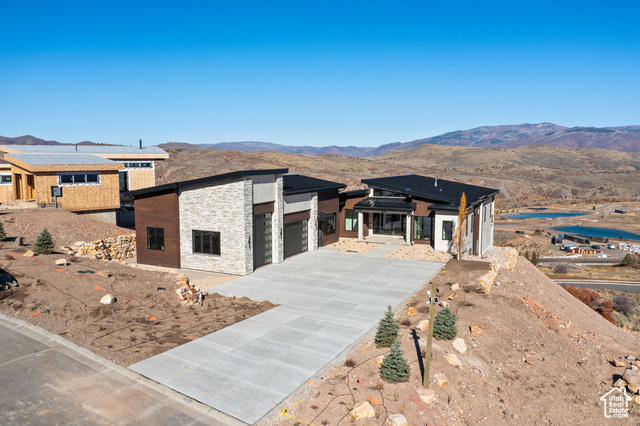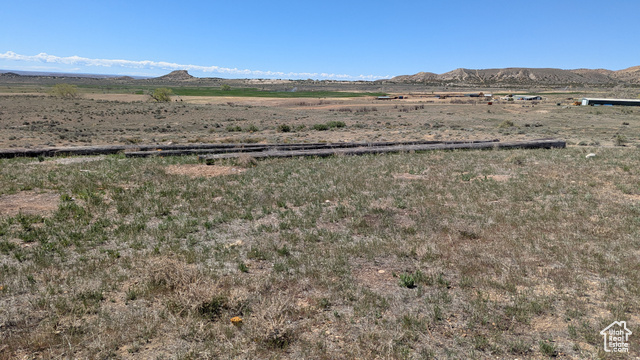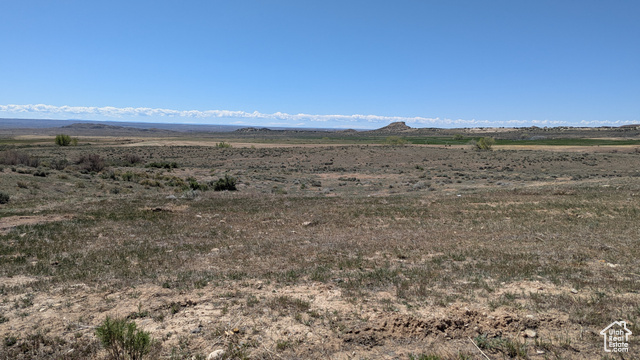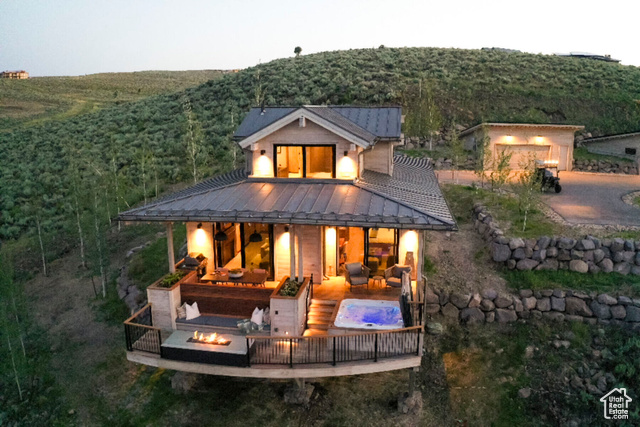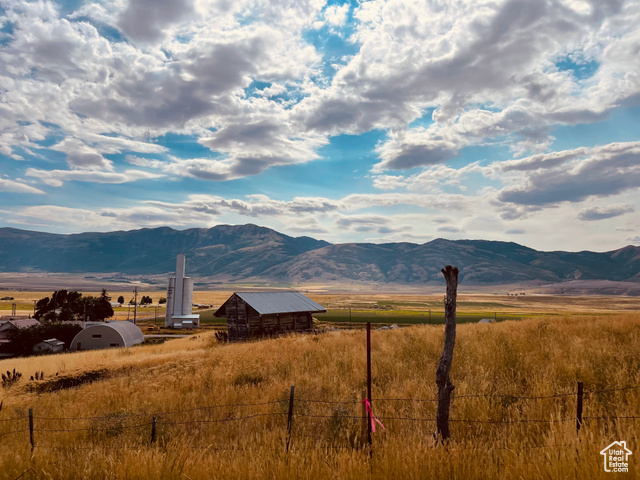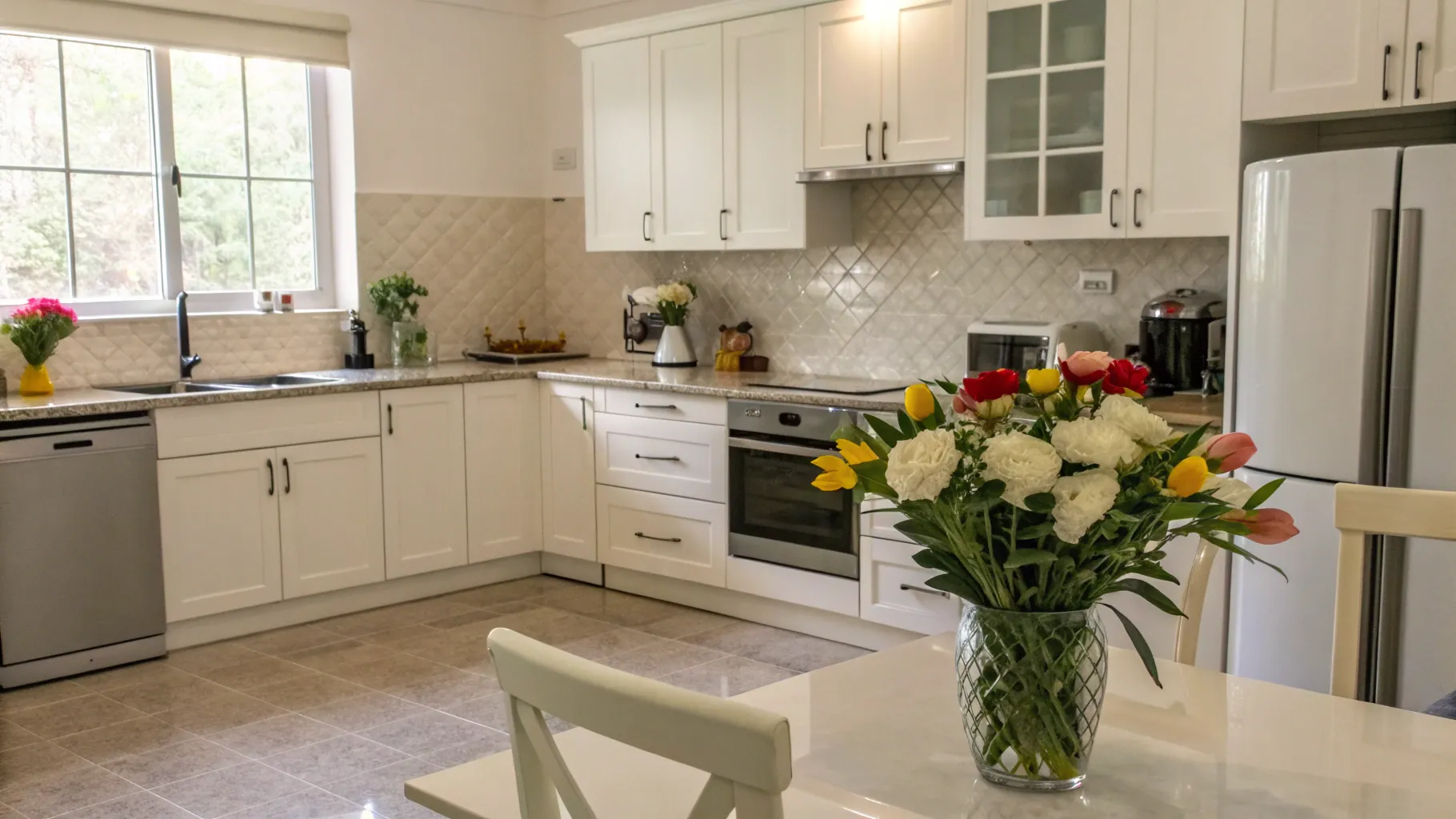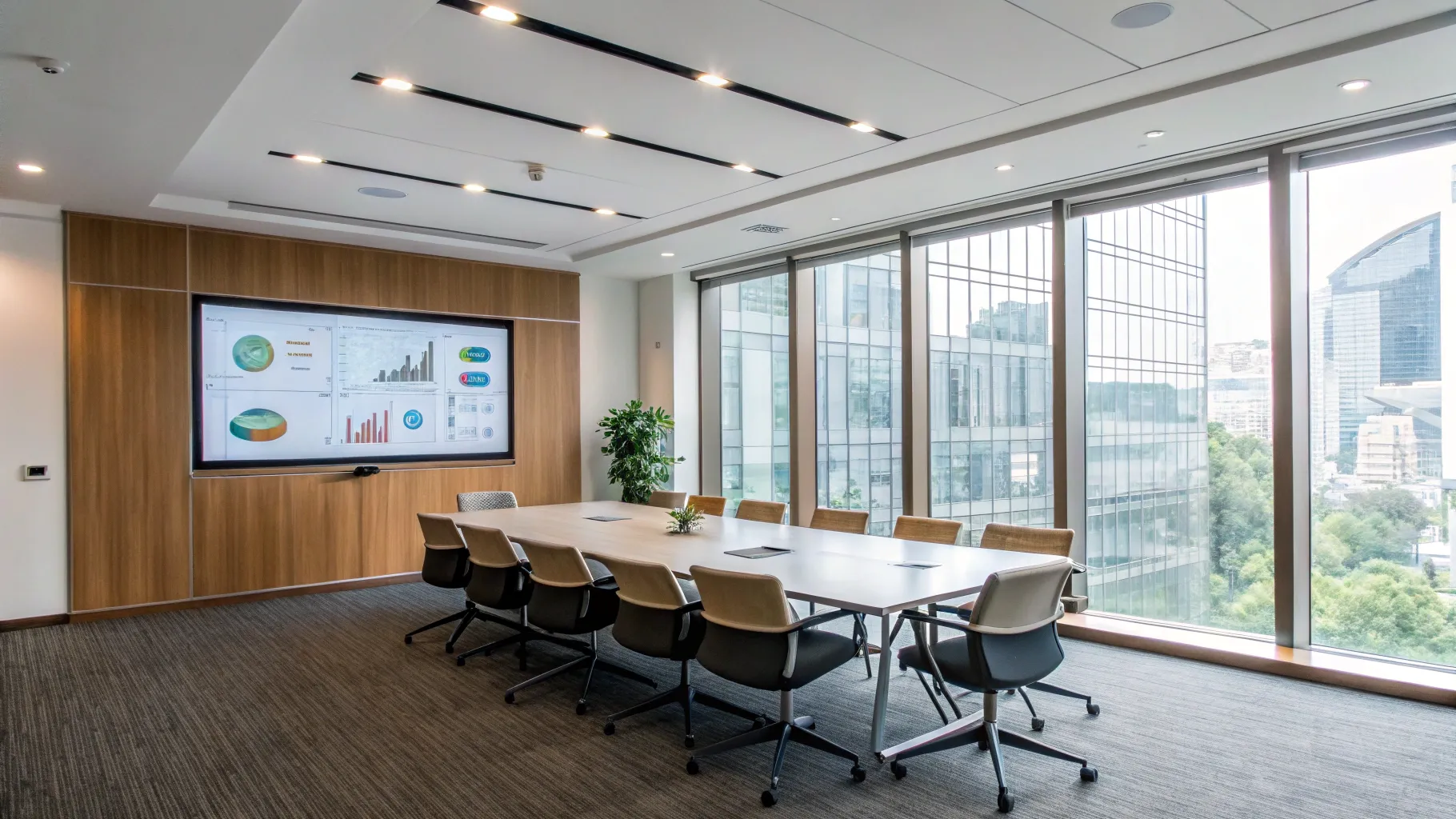The kitchen is often called the heart of the home, and for good reason. It’s where families gather, guests linger, and meals bring people together. But if your kitchen looks dated or has small problems that linger, it can quietly pull down your home’s value.
A home’s roof serves as the first line of defense against the elements, protecting everything inside from rain, wind, snow, and harsh sun. While it is often taken for granted, the roof’s condition directly impacts safety, comfort, and property value. Understanding what determines how long a roof will last helps homeowners make informed decisions that protect their investment. Careful planning, proper maintenance, and awareness of external influences all play major roles in extending roof durability.
The lifespan of a roof is rarely determined by a single factor. Rather, it is shaped by a combination of materials, craftsmanship, environmental conditions, and homeowner choices. By learning about these influences, property owners can take active steps to extend the life of their roofs and avoid premature replacements. This approach promotes cost savings, enhances structural integrity, and ensures peace of mind for many years.
Material Quality and Type
One of the most significant determinants of roof longevity is the type of material chosen during installation. Asphalt shingles, metal panels, clay tiles, and slate all come with different durability ratings. For example, asphalt shingles often provide protection for two to three decades, while slate can last for a century when properly installed and maintained. Selecting the right material should match both budget and long-term expectations.
The quality within a material category matters as well. Premium shingles offer thicker layers, stronger adhesives, and improved resistance to weather damage compared to lower-grade products. Homeowners who weigh the upfront cost against the lifespan gain a clearer perspective of true value. A higher initial expense might lead to decades of reliable performance, reducing the frequency of replacements and repairs.
Installation Workmanship
Even the best roofing material can fail quickly if installation is poor. A roof requires precise placement, secure fastening, and proper alignment to withstand environmental stress. Any shortcuts or missteps during the process may create vulnerabilities that shorten its service life. The difference between a roof that performs well for decades and one that leaks within a few years often lies in the skill of the installer.
Companies with strong reputations demonstrate how quality craftsmanship paired with reliable materials protects a home for the long term. Working with experienced professionals ensures that flashing, underlayment, and ventilation systems are properly handled, as the Mountain Valley Roofing team suggests. When homeowners choose contractors who prioritize detail and integrity, they increase the chances of achieving maximum roof durability.
Climate and Weather Exposure
The local climate plays a significant role in determining how long a roof will last. Homes in regions with heavy rainfall face challenges with water penetration, while those in areas with frequent snow and ice must withstand freezing and thawing cycles. Intense sun exposure can cause roofing materials to dry out, crack, or lose their protective coatings more quickly. Wind-prone regions demand roofing systems designed to resist uplift and displacement.
Understanding these climate-related challenges allows homeowners to prepare for them. Selecting materials suited to local conditions is one strategy, while incorporating protective features such as ice shields or UV-resistant coatings is another. Regular monitoring after major weather events is vital to catch damage before it worsens. A roof that is adapted to its environment can handle seasonal extremes with greater resilience.
Roof Design and Pitch
The architectural design of a roof affects its ability to shed water and resist damage. A steeply pitched roof naturally channels rain and snow downward, preventing pooling that can weaken materials. In contrast, low-slope or flat roofs often require special membranes or drainage systems to avoid water accumulation. The design choices made during construction influence appearance and longevity.
Roof complexity matters as well. Structures with multiple valleys, ridges, or dormers have more joints where leaks may form. Each additional feature requires precise flashing and careful sealing. Simpler designs often prove more durable because they reduce potential weak points. Balancing aesthetics with durability is key to creating a roof that maintains its integrity over decades.
Ventilation and Insulation
Proper ventilation in the attic space helps regulate temperature and moisture, both of which directly affect roof health. Without adequate airflow, heat builds up beneath the roof surface, accelerating material deterioration. Excess moisture trapped in the attic can cause mold growth and weaken structural components. These conditions shorten roof life while increasing repair costs.
Insulation plays a complementary role by maintaining balanced indoor temperatures and reducing strain on roofing systems. When insulation and ventilation work together, they create an environment that prevents ice dams in winter and limits excessive expansion in summer. Homeowners who invest in these systems often find their roofs require fewer repairs and maintain their original strength for longer periods.
Maintenance Practices
Consistent upkeep is vital for maximizing roof longevity. Routine inspections help identify loose shingles, cracked tiles, or worn flashing before they cause significant leaks. Cleaning gutters and removing debris ensures water flows freely off the roof rather than seeping into vulnerable areas. These seemingly minor tasks can add years to a roof’s lifespan.
Professional maintenance visits further support durability. Skilled roofers can detect subtle issues that homeowners might miss, applying preventative treatments or performing targeted repairs. By catching problems early, maintenance reduces the likelihood of costly damage and delays the need for a full replacement. Proactive care transforms the roof into a long-lasting asset rather than a recurring expense.
Surrounding Environment
The roof does not exist in isolation. The environment around the home influences its condition. Trees hanging over a roof can drop branches, sap, or leaves that accumulate and trap moisture. Constant shade may prevent surfaces from drying, promoting algae and moss growth. These factors erode materials and shorten roof lifespan.
Air quality is another environmental consideration. Homes near industrial zones or coastal areas may face exposure to pollutants or salt, both of which accelerate corrosion and wear. Recognizing these external pressures helps homeowners take preventive steps, such as trimming back branches or applying protective coatings. Small environmental adjustments contribute to significant improvements in roof durability.
Roof Color and Heat Absorption
Color choices can influence a roof’s ability to withstand temperature fluctuations. Dark-colored materials tend to absorb more heat, leading to faster wear in hot climates. Lighter shades reflect sunlight, keeping surfaces cooler and slowing deterioration. The difference in heat absorption can influence longevity and energy efficiency inside the home.
Homeowners weighing aesthetic preferences should also consider these performance factors. A roof designed with reflective properties may reduce cooling costs and extend material life. In colder regions, darker colors may be beneficial because they help melt snow and ice. Aligning color selection with climate conditions provides both functional and financial advantages.
Quality of Repairs
Every roof will experience wear and tear at some point, but the quality of repairs determines how well it continues to perform. Using mismatched or inferior replacement materials can weaken structural consistency. Poorly executed patchwork may solve a short-term issue while creating long-term vulnerabilities. Choosing reliable repair methods preserves the integrity of the entire system.
Working with skilled professionals ensures that repairs meet the same standards as the original installation. Matching materials, securing joints, and maintaining proper sealing techniques all contribute to durability. A roof with consistent, high-quality repairs can often last nearly as long as one that has experienced little damage, proving that careful attention to repair quality pays dividends.
Impact of Moisture and Drainage
Water is one of the greatest threats to roofing longevity. A roof that does not manage moisture effectively will experience leaks, rot, and eventual structural failure. Poor drainage systems, clogged gutters, and inadequate slope contribute to these problems. Addressing them quickly helps prevent widespread deterioration.
Homeowners can improve drainage by ensuring gutters are clear, downspouts are properly directed, and surfaces remain free of obstructions. Waterproof membranes and flashing add another layer of protection against infiltration. By emphasizing proper water management, homeowners safeguard the roof’s ability to withstand heavy storms and maintain its strength for decades.
Age and Natural Wear
No roof lasts forever, regardless of the measures taken to extend its lifespan. Materials naturally weaken after years of exposure to sun, rain, and wind. Signs of age include curling shingles, faded surfaces, and frequent leaks. Recognizing these indicators helps homeowners plan for timely replacements rather than waiting for catastrophic failure.
Accepting the natural life cycle of a roof allows for strategic planning. Homeowners can budget for replacement, choose updated materials, and schedule installation during favorable conditions. Viewing roof replacement as a natural progression rather than a sudden emergency leads to better outcomes and smoother transitions.
The lifespan of a home roof is influenced by a wide range of interconnected factors, from material selection and installation quality to climate conditions and maintenance practices. Every decision made by a homeowner, from choosing a trusted contractor to managing tree growth, affects how long the roof will continue to protect the property. By understanding these influences, families can make informed choices that maximize both durability and value.
A strong roof does more than shield against the weather. It provides comfort, security, and confidence. With thoughtful planning, proactive care, and attention to detail, homeowners can extend the life of their roofs well beyond average expectations. Investing in these efforts ensures that the roof remains a reliable safeguard, supporting the home and everyone inside it for decades to come.

